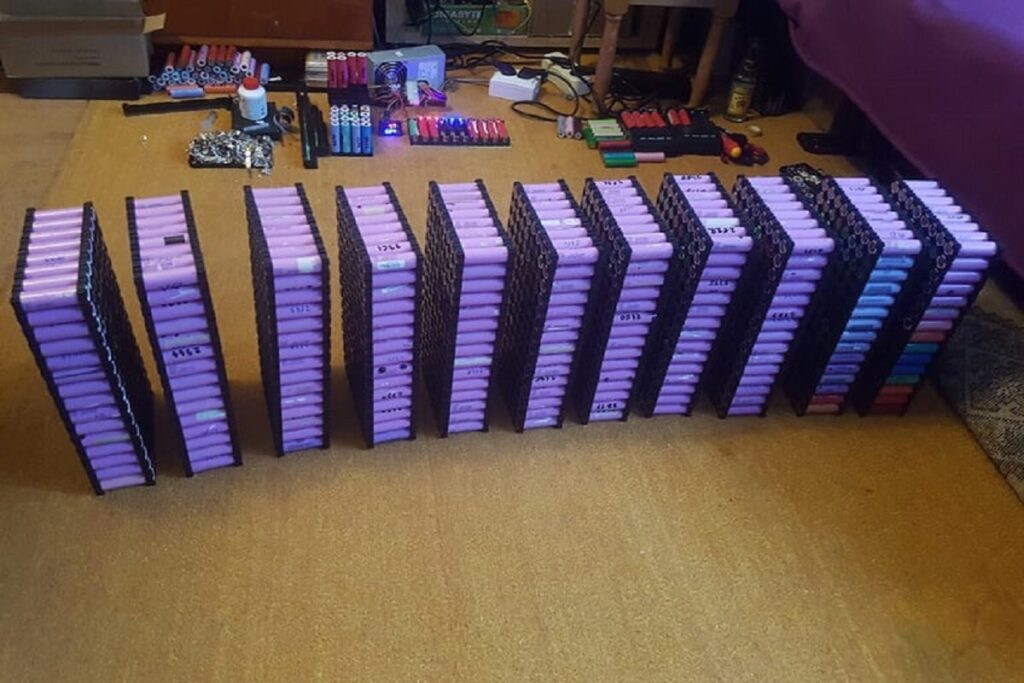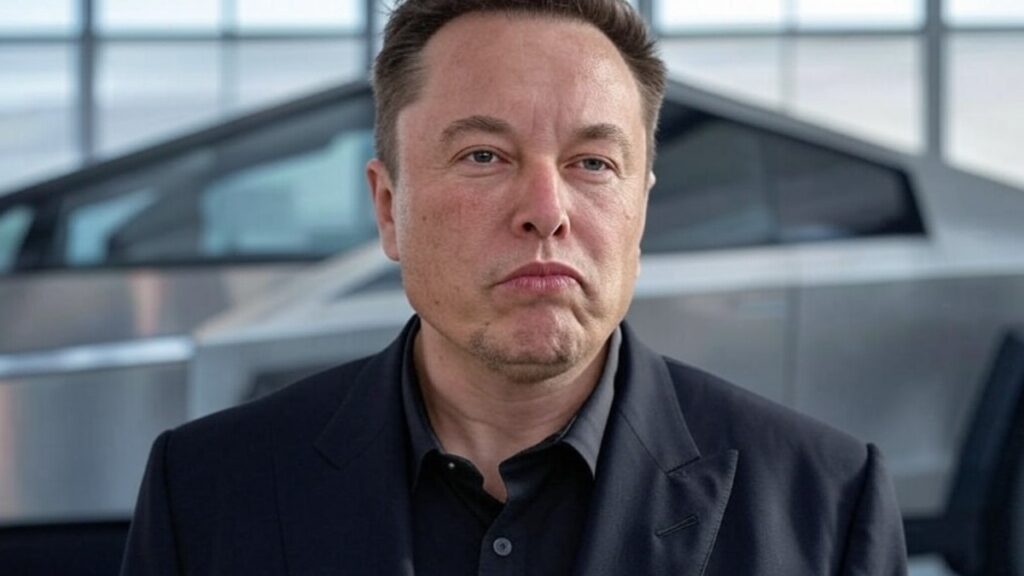In an era where the nexus of innovation and sustainability is increasingly critical, an Australian energy enthusiast has discovered a remarkable avenue for repurposing electronic waste into a sustainable power source. Since 2016, he has been energizing his home with an expanding reserve of over 650 salvaged laptop batteries, demonstrating that overlooked resources can pack a significant punch.
Charting a Course to Energy Independence
In today’s tech-driven landscape, the lifespan of technology—especially batteries—has emerged as a pressing issue for both companies and consumers alike. Groundbreaking innovations are emerging to tackle this challenge, including batteries capable of powering devices for decades without recharge. Amidst this backdrop, an individual set out on an audacious mission: he sought to establish an energy system for his home, fuelled by more than 1,000 repurposed laptop batteries, aiming for total independence from the conventional power grid.
The Genesis of the Initiative
His unconventional setup is located in a shed, about 50 meters from his home, functioning as the nerve centre for his operations. Here, he combines old laptop batteries with solar panels to create a sustainable off-grid energy solution. Remarkably, this system has functioned smoothly over almost a decade, without any significant issues. The creator notes he hasn’t encountered fire hazards or issues with battery swelling, which speaks volumes about the resilience of his design.
The inception of this project took place in November 2016. At the time, he was already generating some electricity using solar panels, an old forklift battery, charge controllers, and an inverter. Starting with 650 laptop batteries, he constructed a shed to house these units, assembling battery packs with a capacity of approximately 100 Ah each. For effective connections, he employed copper cables, significantly enhancing the durability of his setup.
Navigating Technical Hurdles and Optimizing Performance
As with any innovative endeavour, the early days were fraught with technical hurdles. One prominent challenge was the inconsistent discharge rates of the batteries. To remedy this, he balanced the battery outputs and added extra cells as needed. Instead of relying on intact batteries, he deconstructed the individual cells and organised them into custom racks, a strategy that maximised efficiency and prolonged the lifespan of his system.
Over the years, his installation has expanded to include 24 solar panels, each boasting a capacity of 440 W. This upgrade has significantly enhanced his energy production capability. As a result of these improvements, the system has operated without interruption since 2016, with none of the battery cells requiring replacement, underscoring the reliability and longevity of his approach. His project highlights the immense potential of recycling electronic waste, transforming what many consider obsolete into valuable energy resources.
Global Significance and Broader Implications
This initiative not only showcases a personal triumph but also underscores the broader possibilities of energy independence. It invites us to reconsider our relationship with energy consumption and encourages the exploration of sustainable, innovative solutions. As environmental concerns and economic pressures mount, compelling individuals to seek alternatives to traditional energy sources, this venture stands as a beacon of inspiration for similar initiatives.
In conclusion, his journey exemplifies human ingenuity and adaptability in an increasingly energy-conscious world. This setup not only fulfils his personal energy demands but also unlocks promising avenues for the sustainable repurposing of existing technologies. In a time where transitioning to renewable energy is more urgent than ever, his project serves as a compelling example for anyone aspiring to achieve energy independence.







